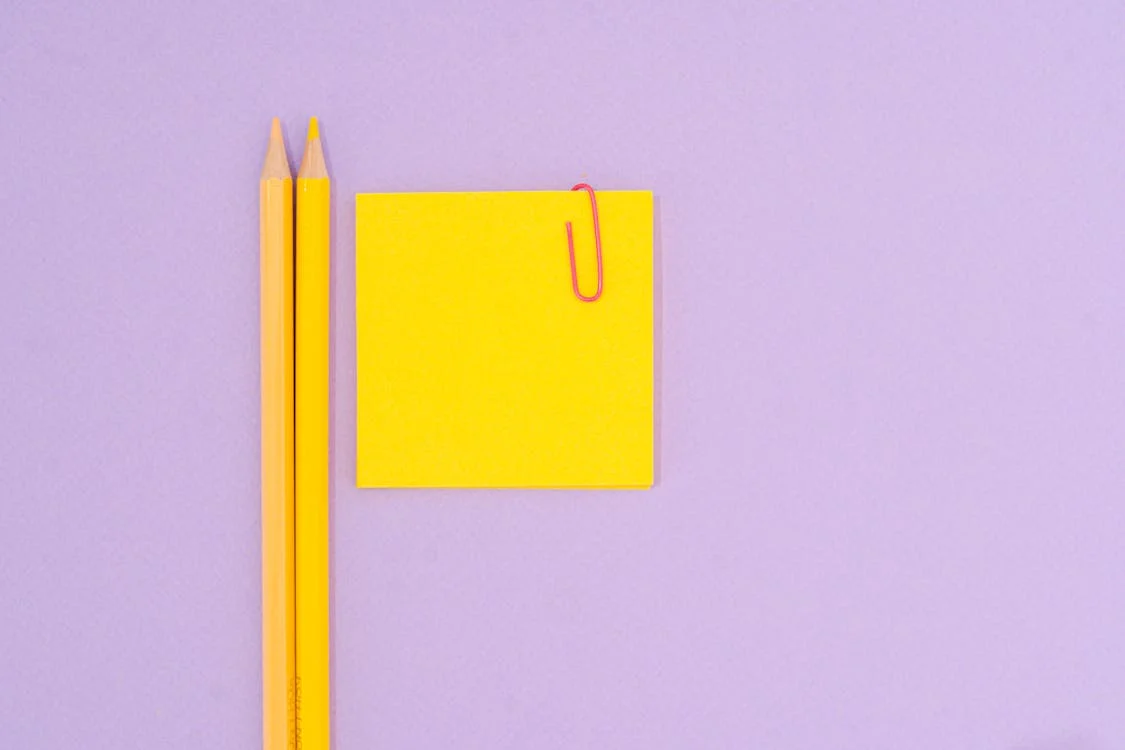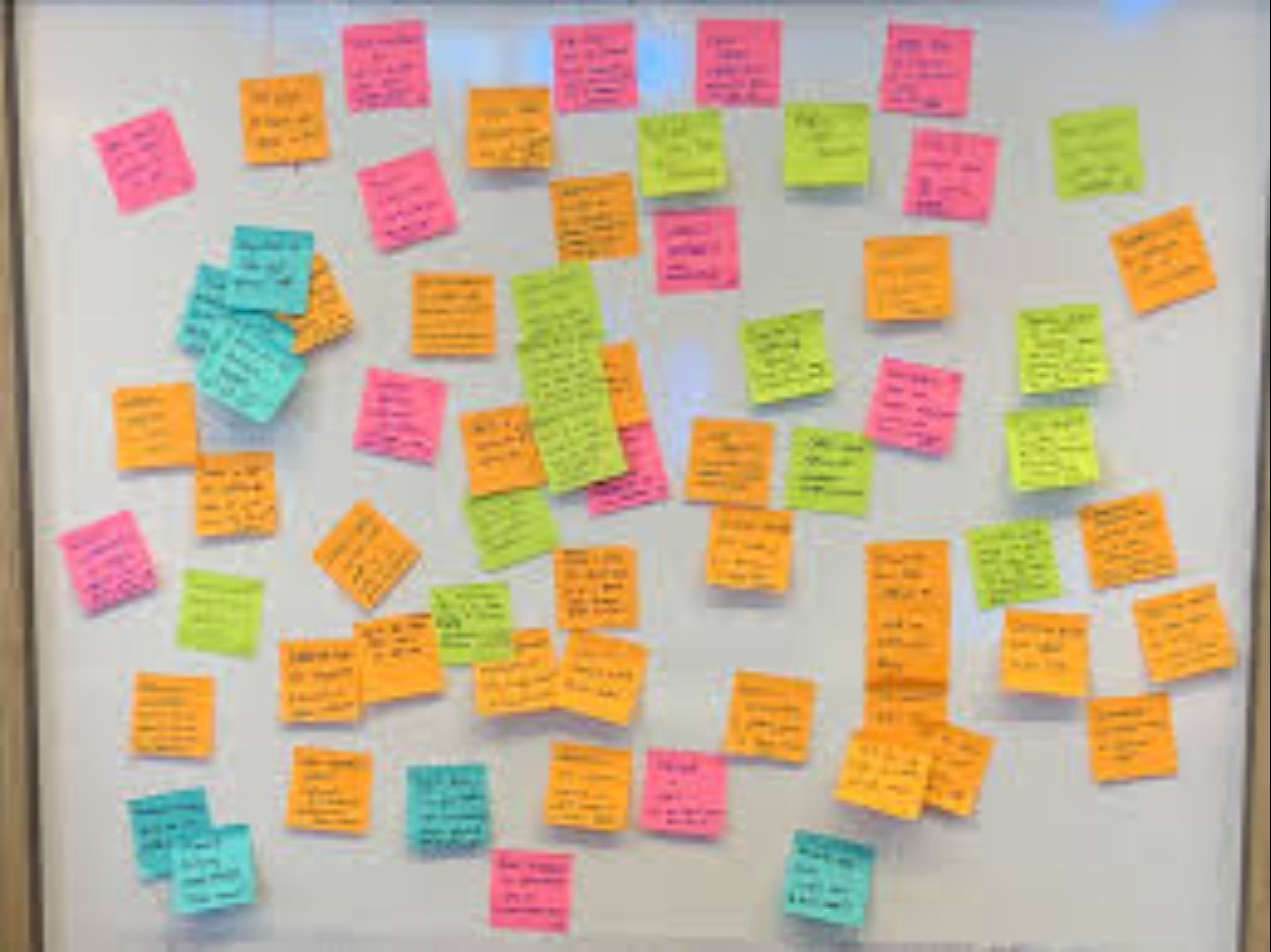The evolution from traditional paper sticky notes to digital, shareable versions has transformed how teams collaborate and manage projects. Today’s shareable sticky notes combine the simplicity and visual appeal of physical notes with the power of real-time collaboration, cloud synchronization, and advanced organizational features. This comprehensive guide explores the landscape of shareable sticky note applications, their benefits, and how they’re reshaping productivity in both remote and traditional work environments.
The Science Behind Sticky Notes’ Effectiveness
Research consistently demonstrates why sticky notes remain such powerful productivity tools. A 2019 study found that sticky notes facilitate both individual and collaborative cognitive processes, improving productivity and creativity through visual and tactile interaction. The effectiveness stems from several psychological principles that digital platforms have successfully adapted.
Visual cues significantly improve task completion rates by up to 42%, according to research published in Applied Cognitive Psychology. When tasks remain visible through sticky notes, they become harder to ignore or forget, leveraging the brain’s visual processing centers to reduce cognitive overload. This visibility helps externalize information that would otherwise consume working memory resources.
The Zeigarnik Effect plays a crucial role in sticky notes’ effectiveness. Our brains naturally fixate on unfinished tasks, creating mental tension until we achieve closure. The physical act of removing or completing a sticky note provides concrete resolution to this tension, freeing cognitive resources for subsequent tasks. Digital versions recreate this satisfaction through completion animations and visual feedback.
Studies from Stanford University reveal that individuals who frequently switch between tasks take up to 50% more time to finish them and experience a 40% drop in productivity. Sticky notes excel at promoting the single-task focus that our brains naturally prefer, whether in physical or digital form.
Enterprise-Grade Solutions
Miro stands as the premier platform for comprehensive sticky note collaboration. Its infinite canvas supports bulk-adding sticky notes, automatic clustering by color, tag, author, or sentiment, and seamless integration with major productivity tools including Jira, Confluence, Slack, and Microsoft 365. Teams can instantly convert photos and post-its into digital notes, CSV files, and task management items, making it ideal for workshops and brainstorming sessions.
FigJam brings artificial intelligence to sticky note collaboration. Its AI-powered sorting and summarization features automatically organize notes and extract key insights from brainstorming sessions. The platform integrates deeply with the Figma ecosystem while offering real-time collaboration for design teams and creative professionals.
ClickUp combines sticky note functionality with comprehensive project management. Beyond basic note-taking, it offers premade templates, mind mapping features, and AI-powered documentation. Teams can create fully editable items that link to tasks and documents, making it suitable for organizations needing integrated productivity solutions.
Specialized Collaboration Tools
Collaboard emphasizes security and compliance while maintaining ease of use. GDPR-hosted and designed for agile workflows, it excels in affinity mapping and team standups. The platform offers advanced search capabilities within large boards and supports both synchronous and asynchronous collaboration patterns.
Lucidspark combines sticky notes with freehand drawing capabilities. Teams can upload data in bulk via Excel or CSV files, utilize assisted grouping and tagging features, and create comprehensive visual workflows. The platform supports various view modes including Kanban and mind mapping.
Ideaflip focuses on simplicity and intuitive collaboration. Its clean interface makes it accessible for occasional collaborators while supporting essential features like PDF and CSV export. The platform emphasizes the natural feel of physical sticky note boards.
Lightweight and Free Options
Padlet supports multimedia sticky notes including video and audio content. With public and private board options, mobile applications across platforms, and language localization features, it serves diverse collaboration needs. The free tier supports up to three boards with paid plans starting at €4.99 monthly.
Pinup recreates the authentic corkboard experience with unique URLs for each canvas. The platform supports video input, note linking and duplication, file imports from various sources, and built-in group chat functionality. Its completely free model makes it accessible for any team size.
Simple Sticky Notes and QOwnNotes cater to privacy-conscious users requiring offline access. These desktop applications store data locally, support various synchronization methods, and maintain complete user control over data ownership. They’re ideal for sensitive projects or environments with limited internet connectivity.
Note Board extends sticky note functionality directly into web browsing. Users can create notes on any webpage that persist when revisiting the site, schedule notifications for specific dates and times, and synchronize notes across Chrome installations. The extension supports drag-and-drop content creation and maintains notes even after computer restarts.
JustNoteIt combines desktop widgets with encrypted cloud synchronization. The application supports Markdown formatting, Kanban view organization, and task cards pinned directly to the desktop. This approach bridges the gap between digital convenience and physical presence.
Benefits of Digital Collaboration Through Sticky Notes
Digital collaboration tools enable teams to work together seamlessly regardless of physical location. The shift to shareable sticky notes addresses multiple organizational challenges while maintaining the cognitive benefits of traditional note-taking.
Enhanced Productivity and Communication
Real-time collaboration capabilities accelerate project pace and reduce bottlenecks. Teams can simultaneously brainstorm, organize ideas, and refine solutions without the coordination overhead of traditional tools. This streamlined communication reduces the 28% of work time typically spent on email management and the 19% spent searching for information.
Increased Transparency and Accountability
Centralized sticky note boards provide shared visibility into project progress, task assignments, and team contributions. This transparency enables every team member to understand how their work aligns with larger objectives while identifying potential bottlenecks before they impact deadlines.
Remote Work Enablement
As remote work becomes prevalent, shareable sticky notes ensure distributed team members remain integrated into company culture and collaborative processes. The tools support both synchronous and asynchronous collaboration patterns, accommodating different time zones and work preferences.
Cost Savings and Efficiency
Implementing digital collaboration tools leads to substantial cost savings through reduced travel expenses, meeting overhead, and office space requirements. Organizations can allocate resources more efficiently while maintaining or improving collaboration quality.
Implementation Strategies and Best Practices
Color-Coding Systems
Effective sticky note systems utilize consistent color coding for different task types, priorities, or team members. Green notes might represent creative tasks, blue for analytical work, and red for urgent items. This visual organization enables rapid task identification and processing.
Constraint-Driven Clarity
The limited space of sticky notes forces clear, actionable task definition. Teams should write specific, measurable objectives rather than vague goals. “Draft project proposal introduction (2 pages)” proves more effective than “Work on proposal” because it provides concrete completion criteria.
Strategic Placement and Visibility
Digital sticky notes should remain persistently visible rather than buried in notification systems. Platforms that maintain notes in primary workspace areas, such as desktop widgets or browser extensions, prove more effective than those requiring active navigation.
Integration with Existing Workflows
Successful implementations integrate sticky note platforms with existing productivity ecosystems. Tools offering API access, webhook support, or native integrations with project management software create seamless workflows without requiring complete system overhauls.
Future Trends and Innovations
The sticky notes landscape continues evolving with artificial intelligence integration, enhanced mobile experiences, and augmented reality capabilities. AI-powered platforms now offer automatic note categorization, sentiment analysis, and insight generation from brainstorming sessions.
Mobile optimization ensures sticky note access across devices while maintaining feature parity with desktop experiences. Cross-platform synchronization enables seamless transitions between work environments, supporting increasingly flexible work arrangements.
Augmented reality integration promises to bridge physical and digital sticky note experiences, allowing teams to place virtual notes in real-world spaces while maintaining digital collaboration benefits.
Shareable sticky notes represent a successful digital transformation of a proven productivity tool. By maintaining the psychological benefits of traditional notes while adding collaboration, synchronization, and organizational capabilities, these platforms address modern workforce needs without sacrificing effectiveness.
Organizations choosing between platforms should consider team size, integration requirements, security needs, and budget constraints. Enterprise teams benefit from comprehensive solutions like Miro or FigJam, while smaller teams may find success with lightweight options like Collaboard or Padlet. Privacy-conscious organizations should evaluate desktop solutions like Simple Sticky Notes or QOwnNotes.
The key to successful implementation lies in understanding that technology should enhance rather than replace the fundamental cognitive benefits that make sticky notes effective. The most successful platforms preserve the visual clarity, constraint-driven focus, and satisfying completion feedback that makes traditional sticky notes such enduring productivity tools while extending these benefits to distributed, collaborative environments.
As remote work continues expanding and teams become increasingly distributed, shareable sticky notes will likely become even more integral to organizational collaboration strategies. Their combination of simplicity, effectiveness, and technological sophistication positions them as essential tools for modern productivity and team coordination.




